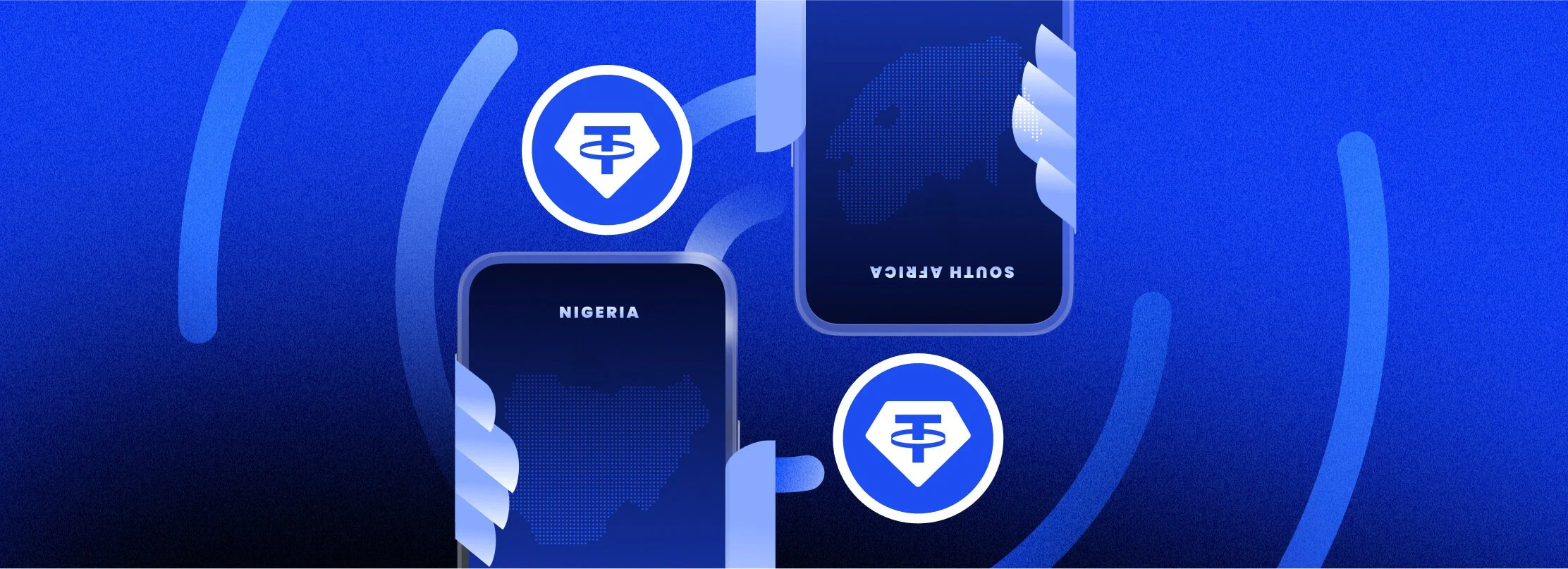Ireland, the birthplace of writers like and the home of Guinness beer, has become a notable jurisdiction for crypto and fintech in the contemporary scenario. It encompasses the regulatory framework evolving under EU and while stablecoins such as Tether (USDT) are not legal tender, Irish businesses and freelancers are increasingly adopting and exploring these digital assets for cross border flows. By combining USDT rails along with fiat settlements via local banks like Bank of Ireland and AIB Group, businesses can leverage blockchain speed and transparency clubbed with local trust and global payouts and collections. Below, we will understand how this would work and what to know before getting started. Keep reading to find out more!
Regulatory and banking infrastructure in Ireland
Here are some of the important aspects which frame the legal and financial infrastructure of the country;
- The central bank of Ireland (CBI) states that crypto assets and digital tokens are not legal tender but are considered to be virtual assets.
- As a regulatory step, Ireland has implemented frameworks requiring Virtual Asset Service Providers (VASPs) to operate the registration and compliance with AML/KYC rules.
- EU’s regulations for Markets in crypto Assets (MiCA) apply directly in Ireland.
- The Bank of Ireland allows transfers from its clients to regulated crypto exchanges across the country and holds it legal under specific criteria.
What we can infer from this is that banks in Ireland might not provide native USDT business solutions and USDT accounts but they’d be an important part in a highly valuable combination for crypto compliant gateway along with conversion and settlement via these banks.
USDT collection in Ireland
If followed right, an Irish business will be all set to receive USDT payments, follow the listed steps;
- Set-up a USDT enabled crypto wallet or merchant account via a crypto payment gateway
Choose a gateway which supports USDT on major networks and complies with KYC/AML requisites.
- Provide clients with clear instructions and sources for USDT payments
Display invoice/checkout with USDT amount (wallet address or QR code) and specify network details.
- Receive USDT sent by the client
Once the setup is done, the payer can send the stablecoin to your wallet via the specified network.
- Blockchain confirmation and settlement
Your gateway monitors the payment and confirmation, it marks the same as paid on confirmation.
- Conversion to EUR and bank deposit
You can decide whether to hold the USDT amount or to convert it to euros. If you choose to convert, you can initiate it via an exchange partner or service which supports USDT to EUR rails. After conversion, the value can be deposed to an Irish bank account.
- Use funds locally
EUR can now be used for various business requirements like payroll, supplier payments and other domestic applications.
It is also an advised practice to reconcile and maintain compliance records. This includes tracking wallet address, transaction hash, amount, conversion rate and bank deposit. With these steps, global clients can directly pay in USD value and you can settle it locally in euros. This setup is faster than general international wire transfers.
Paying out USDT from Ireland
If your business in Ireland wants to pay suppliers, contractors or partners in USDT, the flow can be taken up like mentioned below;
- Convert EUR to USDT
To convert, use a trusted exchange or gateway which supports the conversion of EUR to USDT. You can try your hands with TransFi which supports quick conversion to and from your local currency.
- Send USDT to recipient’s wallet
You can directly send USDT to the wallet address provided by the supplier on the chosen network.
- Receiver may convert USDT to local currency, as and when needed
If the receiver desires fiat, they can initiate conversion to local currency from USDT using an exchange and deposit into their bank account.
Always make sure to record and document your transactions using business tools and services which provide end to end solutions.
Converting Euro to USDT
To initiate conversion from USDT to EUR once the value is received, follow the steps stated below;
- Use a trusted exchange/conversion gateway to convert EUR to USDT. it must support the conversion flow and directly deposit into an Irish bank account to avoid hassle.
- Consider the cost and timing. USDT transfer is fast while conversion and bank deposit might take a few hours depending on crypto conversion partners.
- In Ireland, crypto assets are treated as ‘other assets’. Recording and accounting must reflect conversion values and associated details.
It’s always advised to take into account the associated risk of such transactions and conversions. Ensure bank policy requirements, regulatory updates and conversion risks.
Role of Bank of Ireland and AIB Group
- The Bank of Ireland supports transfers to regulated crypto exchanges. It allows clients to fund crypto via Single Euro Payments Area (SEPA).
- While the AIB Group does not actively support USDT specific services, the group along with major Irish banks work within Irish payment ecosystems and act as settlement banks once funds are converted to EUR making the flow smooth at the tails of crypto transactions.
- Banks across Ireland may not provide USDT accounts but they can handle EUR settlements once connected to supported gateways providing a hybrid workabout.
It’s advised to engage with banking compliance teams in early stages to be reassured about the procedure and the requirements to meet the bank policies.
What’s next?
For Irish based businesses combining USDT collection and payout flows with fiat settlements, a good combination is to gain access to USD pegged stablecoin transfers through crypto wallets and settle them in euros locally. This way your business can gain access to localised settlements with global reach powered with high speed and low cost networks.
This means that with compliance in place, operational setup and bank partnership, businesses can benefit from faster cross border payments, lower fees and streamlined global value transfers all within the Irish banking system. To gain more insights about this highly powered workflow, get in touch with the experts at TransFi to explore complaint stablecoin solutions for your business and get relevant resolutions and assistance.
To know more, also read: USDT Payout and Collection in Lithuania – SEB Bankas and Swedbank
Frequently asked questions (FAQs)
- Can businesses in Ireland send and receive USDT payments?
Yes, to receive USDT payments businesses can use crypto payment gateway or wallet for USDT followed by conversion to EUR and deposit into an Irish bank account. For paying in USDT, businesses can convert EUR to USDT via wallets and initiate the payments.
- Is USDT considered to be a legal tender in Ireland?
No, USDT and other crypto assets are identified as virtual assets in the country and not as legal tender.
- What are the fees for collecting USDT in Ireland?
The fee structure depends on the blockchain network charges, service provider charges, conversion fees and bank deposit fees. While the blockchain network fee is minimal, it's important to analyze all aspects of the cost breakdown. Reach out to TransFi support for further assistance.
- What should I check with my bank before setting up USDT collection and payments in Ireland?
Confirm the bank's policies on crypto related payments, required documentation and permitted sources from major Irish banks before setting up USDT workflows for your business.
- What does the settlement time look like for USDT transfers?
On chain USDT transfer is fast (within minutes) but conversion and settlement into bank accounts may require some hours.
Daftar Isi
Artikel yang Disarankan
Jelajahi produk kami

Lakukan pembayaran global dengan kecepatan klik

Terima pembayaran, hapus batas.

Buka Transaksi Mata Uang Digital yang Mulus Di Mana Saja








.png)














